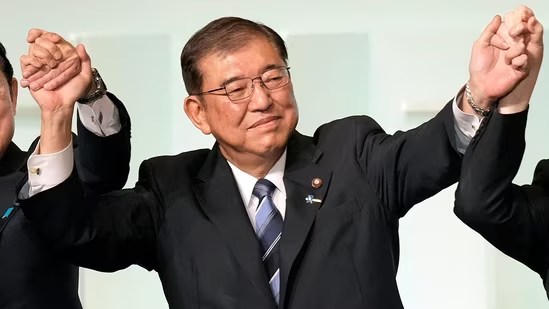Khushi Bhuta, Pune
Former Defence Minister Shigeru Ishiba has been elected as the next Prime Minister of Japan after winning the leadership of the ruling Liberal Democratic Party (LDP).
Shigeru Ishiba won the leadership by winning 215 votes against his counterpart Sanae Takaichi, who won 194 votes. The third runner up for the position was Shinjiro Koizumi, the son of former PM Junichiro Koizumi.
The LDP has secured a majority in the nation’s lower house and hence, Ishiba will be taking over the leadership once its Parliament assembles in the month of October. This was Ishiba’s fifth attempt to win the leadership of the party as the 67-year old has previously also contested for the position, particularly in 2012, when he was defeated by Shinzo Abe.
The future Prime Minister has stated that his focus during his tenure is going to be dealing with challenging social issues and creating agricultural reforms. The former Defence Minister has also claimed that he will be using his expertise in national security and attempt to reduce the country’s dependency on its ties with the United States in the context of defence. Furthermore, he is aspiring to create an Asian bloc that resembles NATO to protect other Asian nations from security threats from China and North Korea.
Elaborating on his economic policy, Ishiba has stated that he aims for a “full exit” from Japan’s high inflation rates while pushing for “growth in real wages.” As reported by Reuters, the LDP leader mentioned that he envisions as “fairer and kinder Japan” in the near future.
The leadership contest took place in the light of the incumbent PM of the country Fumio Kishida stepping down after a scandal about political funding. Kishida and his Cabinet is expected to resign on Tuesday, after which a parliamentary vote will ensure that the new Prime Minister takes the leadership position. He will then be forming his own new Cabinet that day.
Ever since the right-wing LDP was founded in 1955, the conservative party has ruled the country for a majority of Japan’s post-war period. The Japanese nationalist party was formed through the merger of the Liberal party and the Democratic party, both of which were ideologically conservative.
